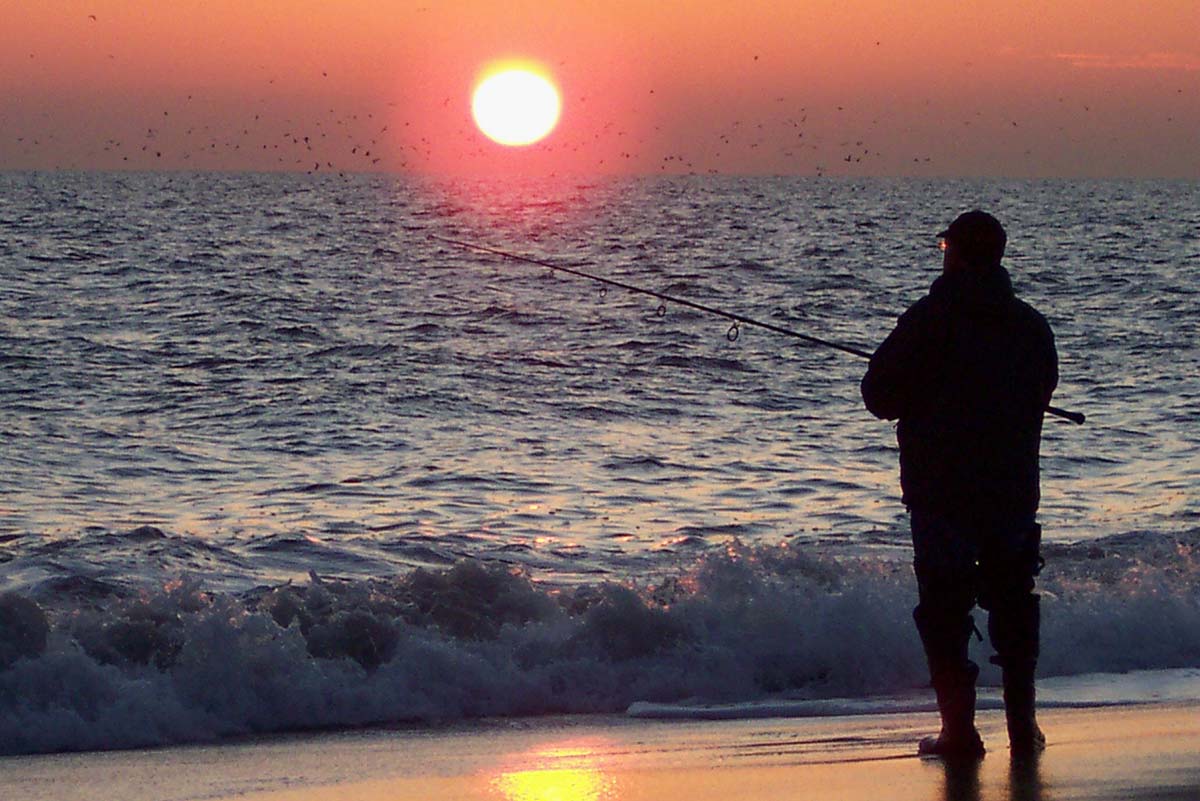
By the dawn’s early light, what so proudly we bailed…
Give me just one hour to fish and out of the 24 possibilities I would choose the hour leading up to sunrise every time. This power hour is a transition time, from night to daylight, when hunting and feeding conditions max out.
As the light levels intensify, nocturnal fish like striped bass get their last chances at ambushing baitfish before moving off to deeper water; daytime species like bluefish, and southern speedsters including false albacore, Spanish mackerel, and bonito are aggressively foraging for nourishment to fuel their energy needs. It is an advantageous bite-time for surfcasters whether they are dunking bait or working lures.
The progression of light levels during the hour countdown to sunrise favor the effective presentation of plugs and other lures; even fish with extremely keen eyesight are somewhat handicapped in the low-light conditions.
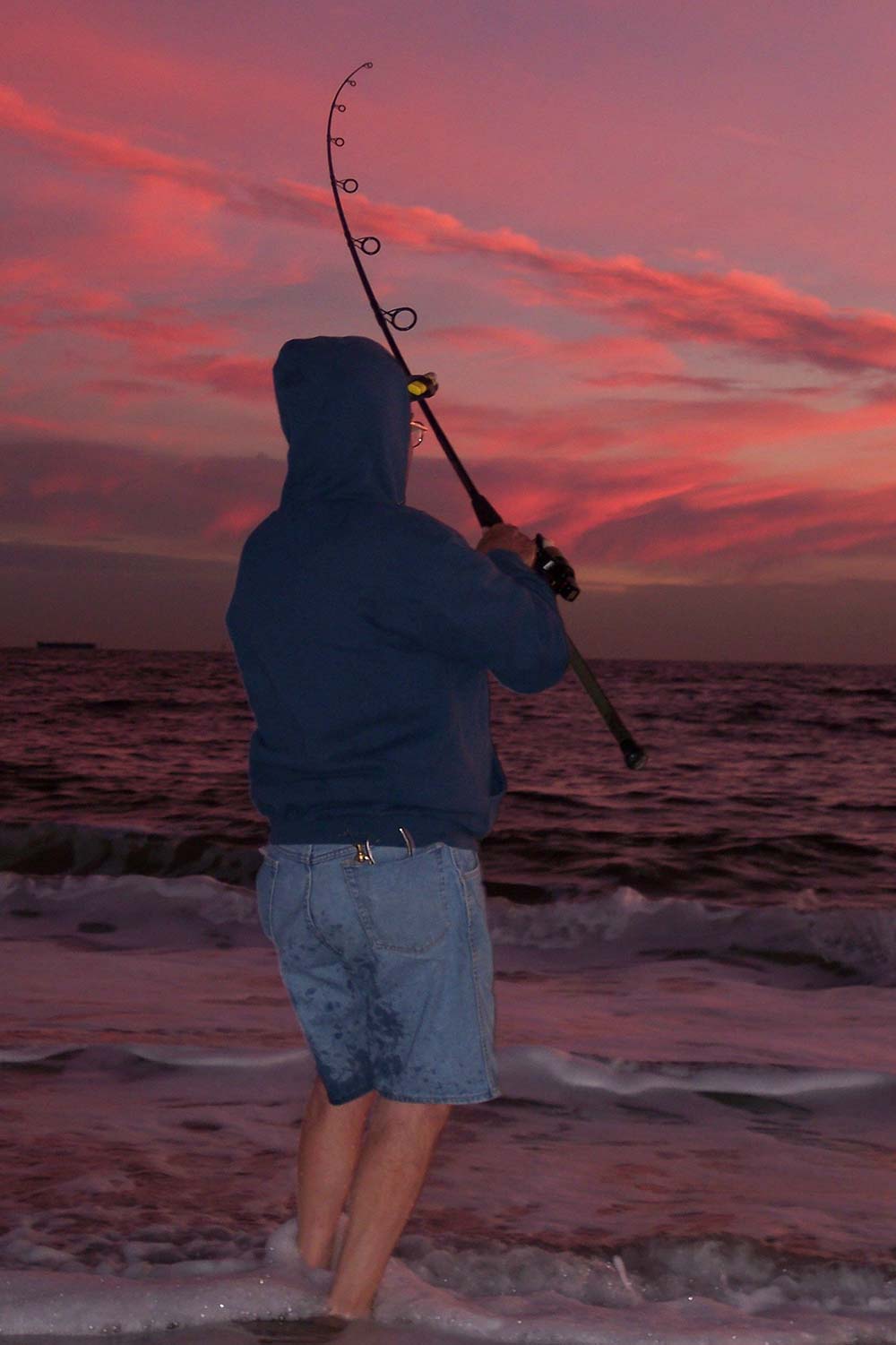
There are things you can manage that will increase your odds of hooking up during the light level transition. Swimming plugs are great performers in the dark and low-light, when black models work best; swimmers in yellow or white draw more attention as the light comes up. Once daylight is definitely overtaking night darkness, surface poppers begin to work their magic and metal jigs take on great allure.
Never underestimate the attraction of teasers to most predators; match your teasers to the current baitfish; small profiles almost always outperform larger versions; go black in darkness, then white or yellow near sunrise and afterwards. Teaser rigs with snaps to connect the primary lures to the rig are a comfort in low-light conditions, especially in cold weather. Bait fishing will pay dividends during this time frame but make no mistake about this: the hour before sunrise presents conditions that are ideal for lure presentation.
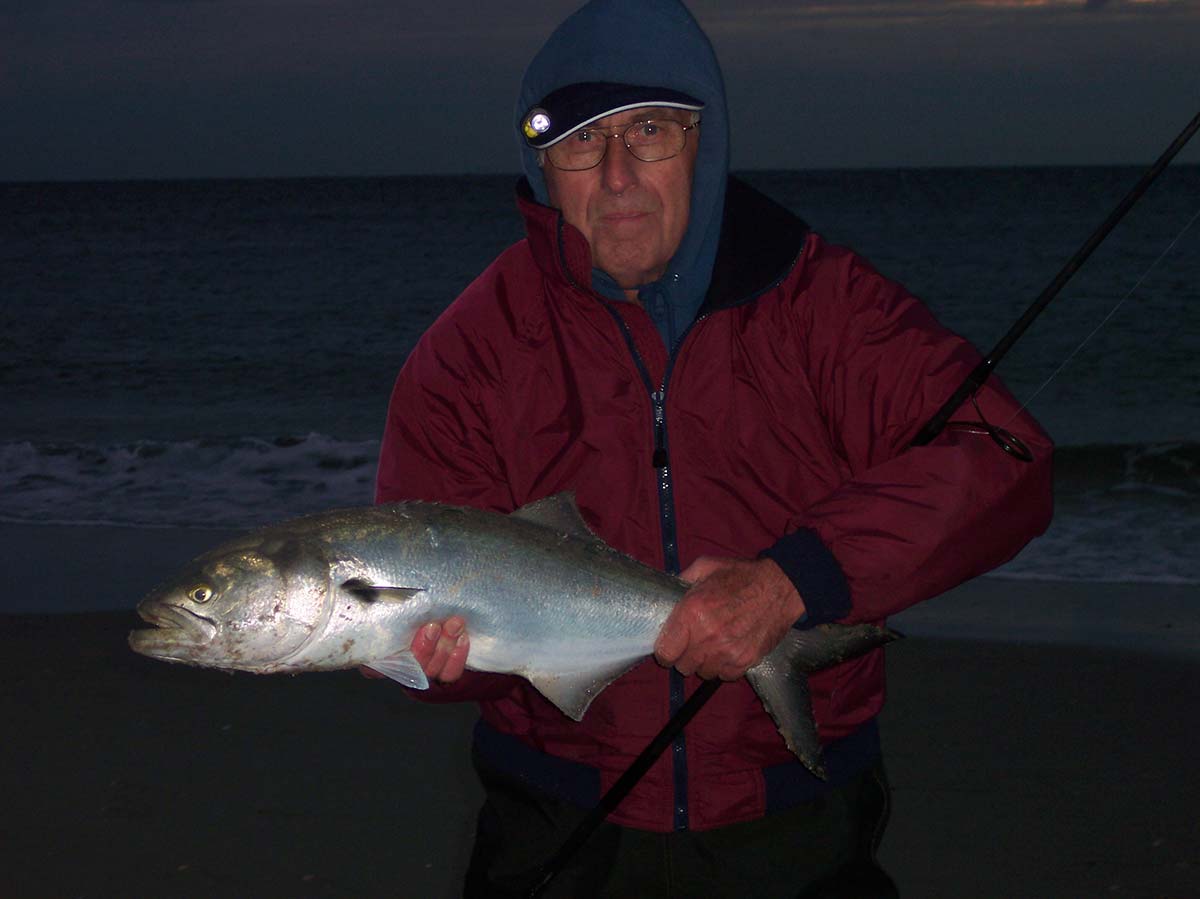
The hour after sunrise is another prime time to have lures or bait in the water: not as good as the power hour before the sun rises, but good nonetheless. Honestly, I like to be on the sand or rocks with my lure or bait rig in the water an hour before first light, through the twilight, and an hour after the sun comes up. That three-hour slot puts my offering in the water in different light and surf conditions when a great variety of species are normally on the feed.
Not able to work the morning shift? There is another power hour option: the hour counting down to nightfall – for many of the reasons cited for the hour before sunrise, just in reverse order. Striped bass are moving in and rummaging for forage; daytime species are seeking a late snack before the night darkness engulfs their environment. This twilight window of opportunity is platinum whether you are working a lure or dunking a bait rig. An added bonus is that the hour or two after darkness settles in is prime time for targeting striped bass. And you can still get home and get a decent night’s sleep before getting up for work the next morning.
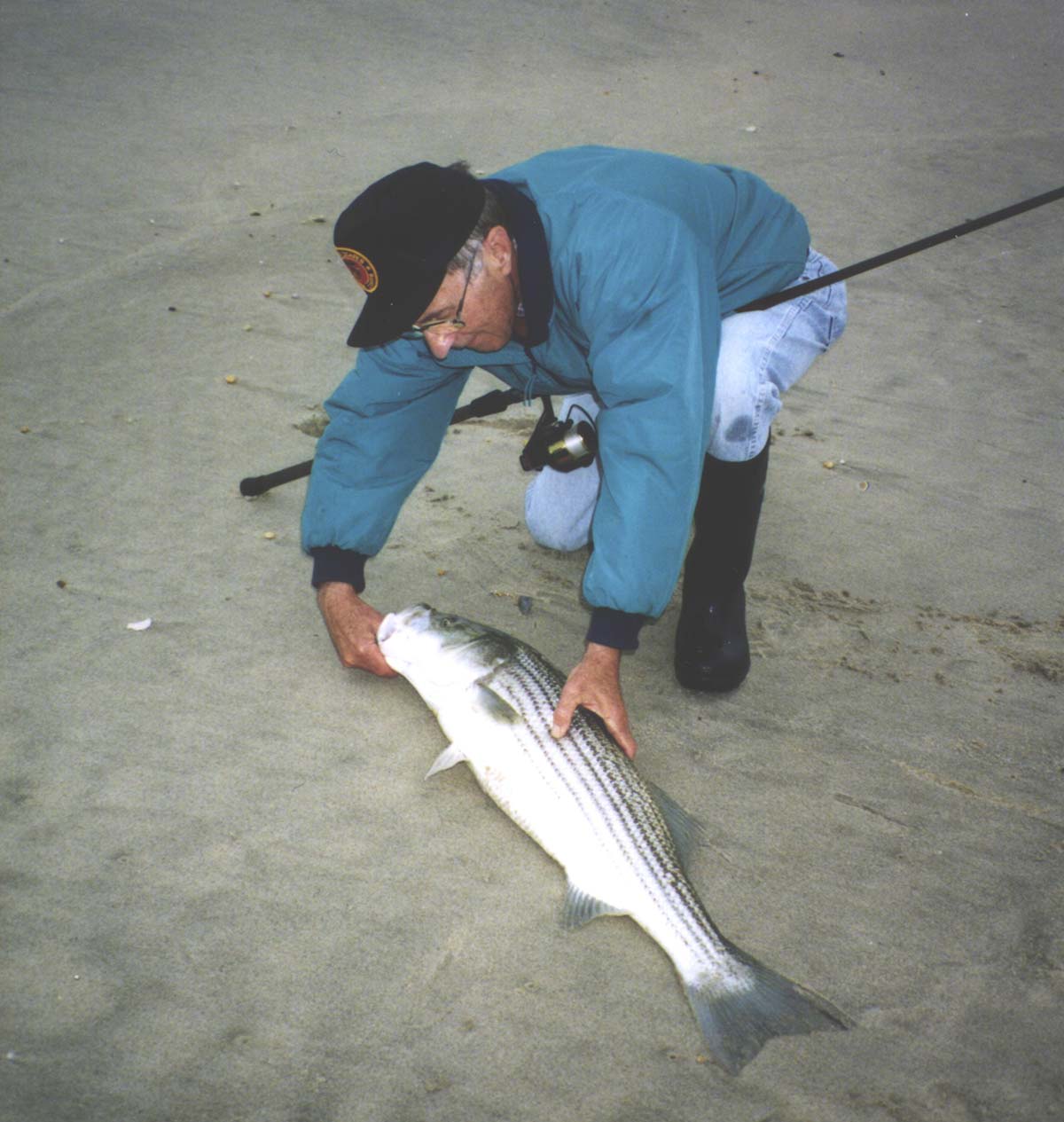
Whether you are working the morning or evening power hour during the summer months or during the more weather-challenging fall run, always dress for warmth and safety. Keeping your body shielded from insects during the warm weather months and from cold water, arctic winds, and frigid air temperatures during the spring and fall is essential so wear waders, some sort of slicker over whatever clothing you chose to wear, and a hat that will keep your head comfortable.
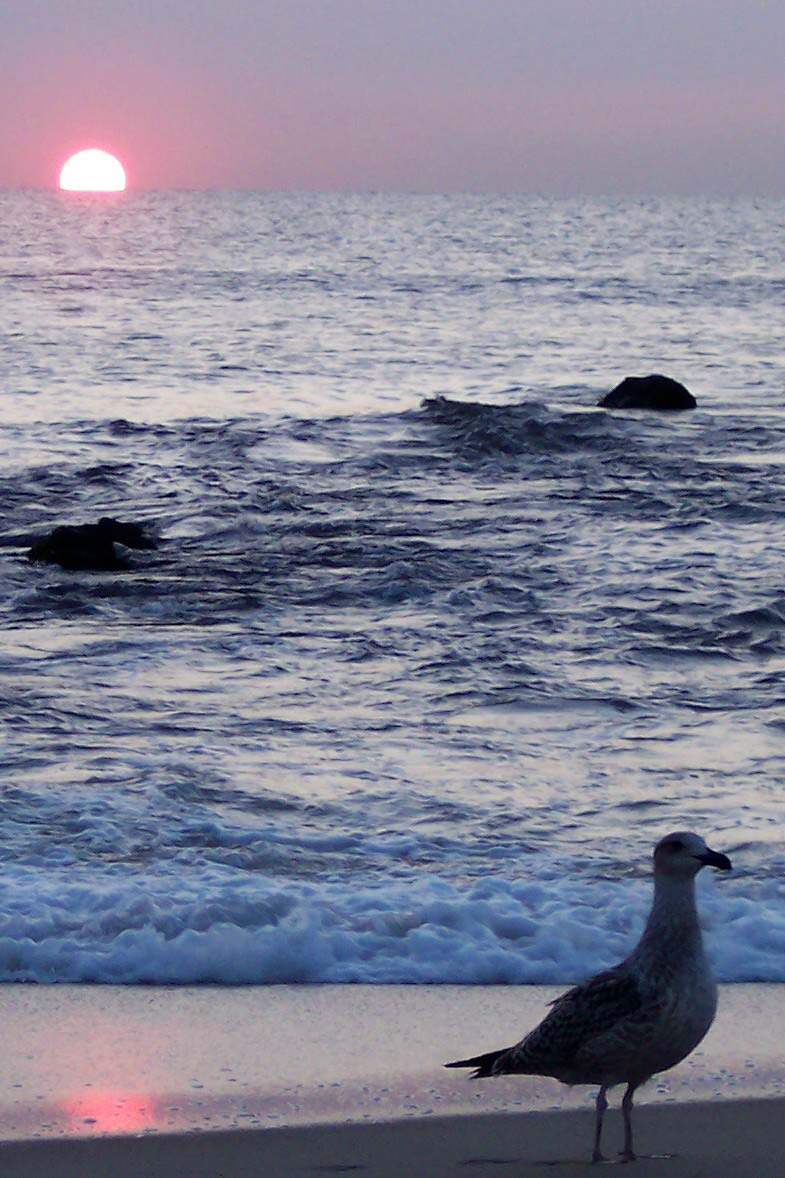 “Twilight” means “half-lite,” in this case the half-light of morning and evening. In this sense, twilight is the soft, diffused light from the sky when the sun is below the horizon, either from dawn to sunrise, or more commonly, from sunset to nightfall when light is still visible in the sky due to sunlight scattering off the atmosphere. Most often referred to as the “magic hours” for striper fishermen, the transitional hours around sunrise and sunset are typically the best times to maximize your efforts on the beach.
“Twilight” means “half-lite,” in this case the half-light of morning and evening. In this sense, twilight is the soft, diffused light from the sky when the sun is below the horizon, either from dawn to sunrise, or more commonly, from sunset to nightfall when light is still visible in the sky due to sunlight scattering off the atmosphere. Most often referred to as the “magic hours” for striper fishermen, the transitional hours around sunrise and sunset are typically the best times to maximize your efforts on the beach.
Also, select a rod combo that will fit the current surf conditions; travel light; carry a compact surf bag with a select collection of lures; keep your cell phone where it will be dry and available in case of an emergency; and stow a small light and a backup for operating in limited visibility. Unless you have a guaranteed honey-hole spot, walk and work a shoreline casting-and-retrieving as you travel.
Think like a fish; know the habits and idiosyncrasies of each species that you target; recognize what forage they prefer and when they most commonly seek nourishment. Location, location, location is critically important when working the surf but so also is timing, timing, timing.



